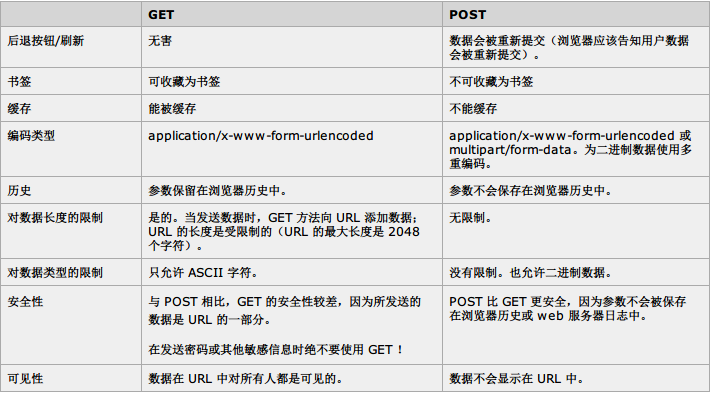Go語言中利用http發起Get和Post請求的方法示例
關於 HTTP 協議
HTTP(即超文字傳輸協議)是現代網路中最常見和常用的協議之一,設計它的目的是保證客戶機和伺服器之間的通訊。
HTTP 的工作方式是客戶機與伺服器之間的 “請求-應答” 協議。
客戶端可以是 Web 瀏覽器,伺服器端可以是計算機上的某些網路應用程式。
通常情況下,由瀏覽器向伺服器發起 HTTP 請求,伺服器向瀏覽器返回響應。響應包含了請求的狀態資訊以及可能被請求的內容。
Go 語言中要請求網頁時,使用net/http包實現。官方已經提供了詳細的說明,但是比較粗略,我自己做了一些增加。
一般情況下有以下幾種方法可以請求網頁:
Get, Head, Post, 和 PostForm 發起 HTTP (或 HTTPS) 請求:
| 1 2 3 4 5 6 7 8 9 10 11 12 13 14 15 16 |
|
下面是分析:
Get 請求
| 1 2 3 4 5 6 7 8 9 10 11 12 |
|
Post 請求(資源提交,比如 圖片上傳)
| 1 2 3 4 5 6 7 8 9 10 11 12 |
|
Post 表單提交
| 1 2 3 4 5 6 7 8 9 10 11 12 13 14 15 16 17 18 19 |
|
擴充套件 Post 表單提交(包括 Header 設定)
| 1 2 3 4 5 6 7 8 9 10 11 12 13 14 15 16 17 18 19 20 21 22 23 24 25 26 27 28 29 30 31 |
|
比較 GET 和 POST
下面的表格比較了兩種 HTTP 方法:GET 和 POST

